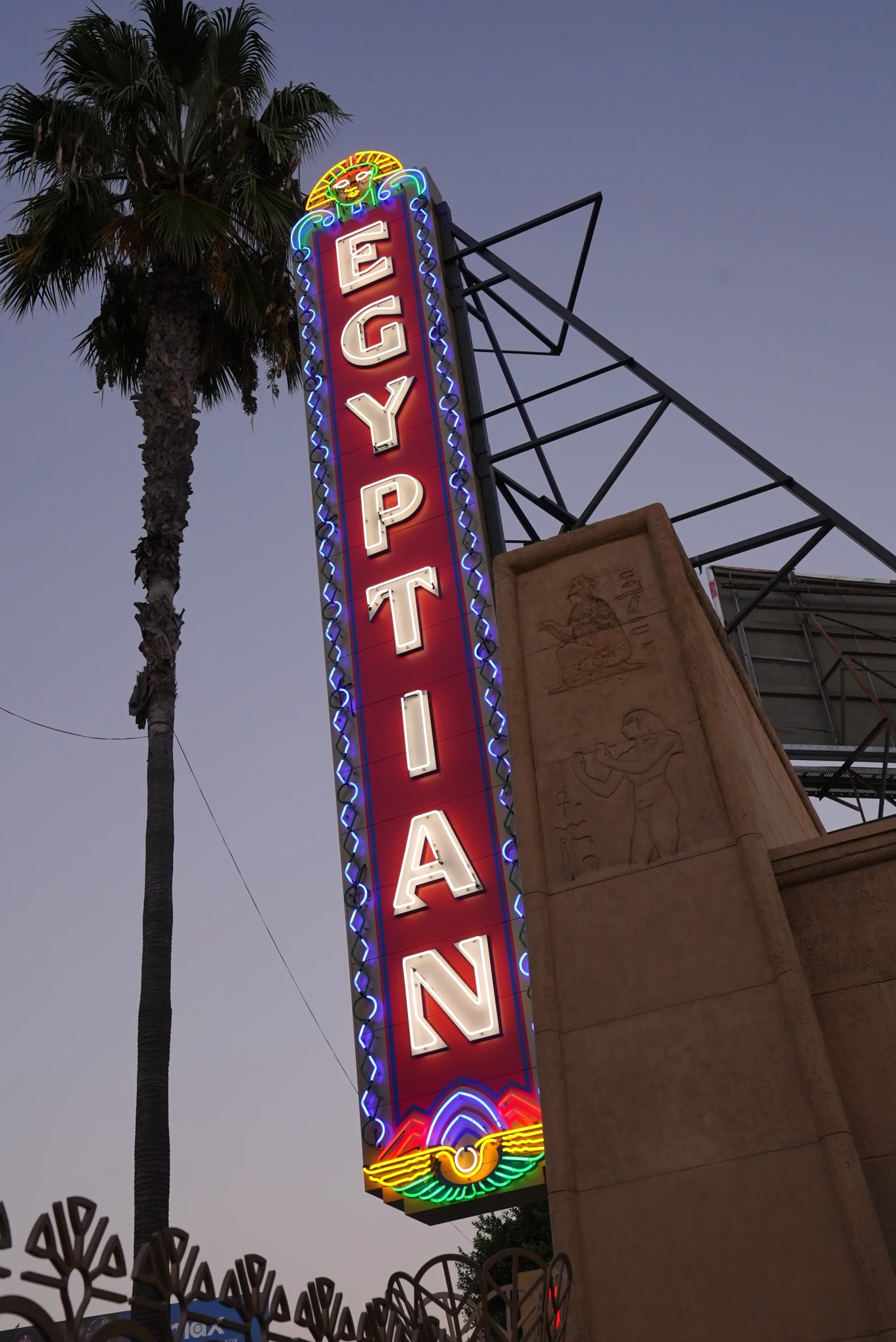No life is ever untouched by moments of uncertainty, and for Sid Grauman, the American entrepreneur behind Hollywood’s iconic Egyptian Theatre, a historic movie theater located on Hollywood Boulevard, it once seemed as though both his career and the theater itself might never materialize.
The year was 1906, and Grauman and his father had lost everything after the San Francisco earthquake wreaked havoc on their business, demolishing two theatres they were operating—the Unique Theatre and the Lyceum Theatre. For a time, it seemed as though Grauman’s dreams of an entertainment career were shattered beyond repair.
After all, what could be more devastating, more emotionally crushing, than an earthquake that wipes out everything you have worked so hard to build?
Just as the earth trembles without warning, humans too face moments that shake us to our core. Yet, even in the face of such devastation, Grauman refused to give up. Despite losing everything, he did everything he could to lift his spirits. From the ruins of the wrecked theater, he saved one of the movie projectors and, with a tent gifted by an evangelist preacher, he created a makeshift theatre where the Unique Theatre once stood.
For his efforts, Grauman received a commendation from the City of San Francisco for helping to lift the morale of its citizens in the wake of the earthquake. He then continued to operate his makeshift tent theatre for two more years, and before long, he and his father were able to expand their business, opening the Imperial and the Empress theatres in San Francisco, and quickly branching out to Los Angeles.
It was during that time that Grauman opened the iconic Egyptian Theatre in Hollywood in 1922, a move that historians consider pivotal in cementing the rise of Hollywood as an institution.
The Making of a City

It might sound surprising to claim that a single theater played a role in shaping, or even building, an institution as vast as Hollywood. But in the early 1920s, Hollywood was still just a real estate development project, with New York holding the title as the global hub for filmmaking and moviegoing.
It was Grauman’s visionary genius that saw Hollywood as the future capital of cinema. According to theater historian Ross Melnick, he firmly believed in one simple idea: if you could build a space for both film exhibition and production, you could essentially create an entire new city.
With the opening of a single, iconic theatre, a new world was born—a city for tourists, investors, and the global stage: Hollywood.
But this vision did not flourish in isolation; two external forces played a key role in boosting the theatre’s popularity: Egyptomania and the rapid growth of Los Angeles as a city.
Los Angeles was gradually expanding, not just as a hub for stars, but also as a booming center for filmmaking on the West Coast.
The population was on the rise, and investors were flocking to capitalize on the city’s growing oil industry, and in 1923, the iconic Hollywood Sign was erected, symbolizing the dawn of a new era for the city.
Around the same time, whether by coincidence or a twist of fate, Egyptomania was sweeping the world. Archaeologists were uncovering Egypt’s ancient treasures, and rumors swirled that King Tutankhamun’s tomb would soon be revealed. Seizing on this global fascination, Grauman capitalized on the trend, designing the theater with Egyptian-inspired architecture.
The walls were adorned with hieroglyphic murals, and a winged scarab crowned the proscenium arch, drawing directly from the allure of ancient Egypt. The theatre was also purposefully designed to showcase the grandeur of red carpet premieres, being the first to introduce the iconic red carpet itself, and its courtyard transformed into an open-air advertisement for the latest films.

The Egyptian Theatre hosted Hollywood’s first-ever movie premiere in October 2022: Robin Hood. No other theater in Los Angeles screened the film that year, and the Egyptian quickly became an iconic sensation. Promoted as an exotic escape, the theater offered ticket offices throughout the city and even organized bus trips to transport moviegoers directly to the venue, making it a major attraction.
It was not long before the Egyptian Theatre faced further challenges that threatened its very foundation. In 1926, Grauman embarked on creating another exotic venue—the Chinese Theatre—which ultimately overshadowed the Egyptian. The Egyptian was later leased to the Fox West Coast organization in the 1940s, a few years before Grauman passed away in 1950, and by the 1980s, the theater had fallen into decline. The final blow came during the 1994 Northridge Earthquake, which caused significant damage to the already struggling theatre.
Just as the first earthquake did not halt Grauman’s drive to build his entertainment career, the Northridge Earthquake could not stop the Egyptian Theatre from continuing its legacy. In 1996, the theatre was sold to American Cinematheque, with the condition that it be restored and reopened as a movie theatre.
A multi-million dollar renovation followed, and on 4 December, 1998, the theater reopened to much celebration. In 2020, the theatre was sold to Netflix as part of a broader initiative to bring audiences back to cinemas and preserve cultural heritage.
Today, the theatre is under Netflix’s ownership after its reopening in November 2023. Netflix manages the programming from Monday through Thursday, while the American Cinematheque oversees operations from Friday to Sunday.
Although theatres continue to struggle with declining sales and efforts to bring audiences back, there is still hope. Amid the challenges of the world, there may come a time when people once again crave the escapism of a cinematic experience, stepping into a fantasy world that offers an escape from reality.
The Egyptian Theatre, while a symbol of escapism, also carries the legacy of its founder, who never let an earthquake or financial setback stray him from his dream of building Hollywood. Earthquakes, whether literal or life’s challenges, are undeniably inevitable, but as the Egyptian Theatre’s story has shown, it is up to us to face them with strength, courage, and perseverance.







Comments (0)